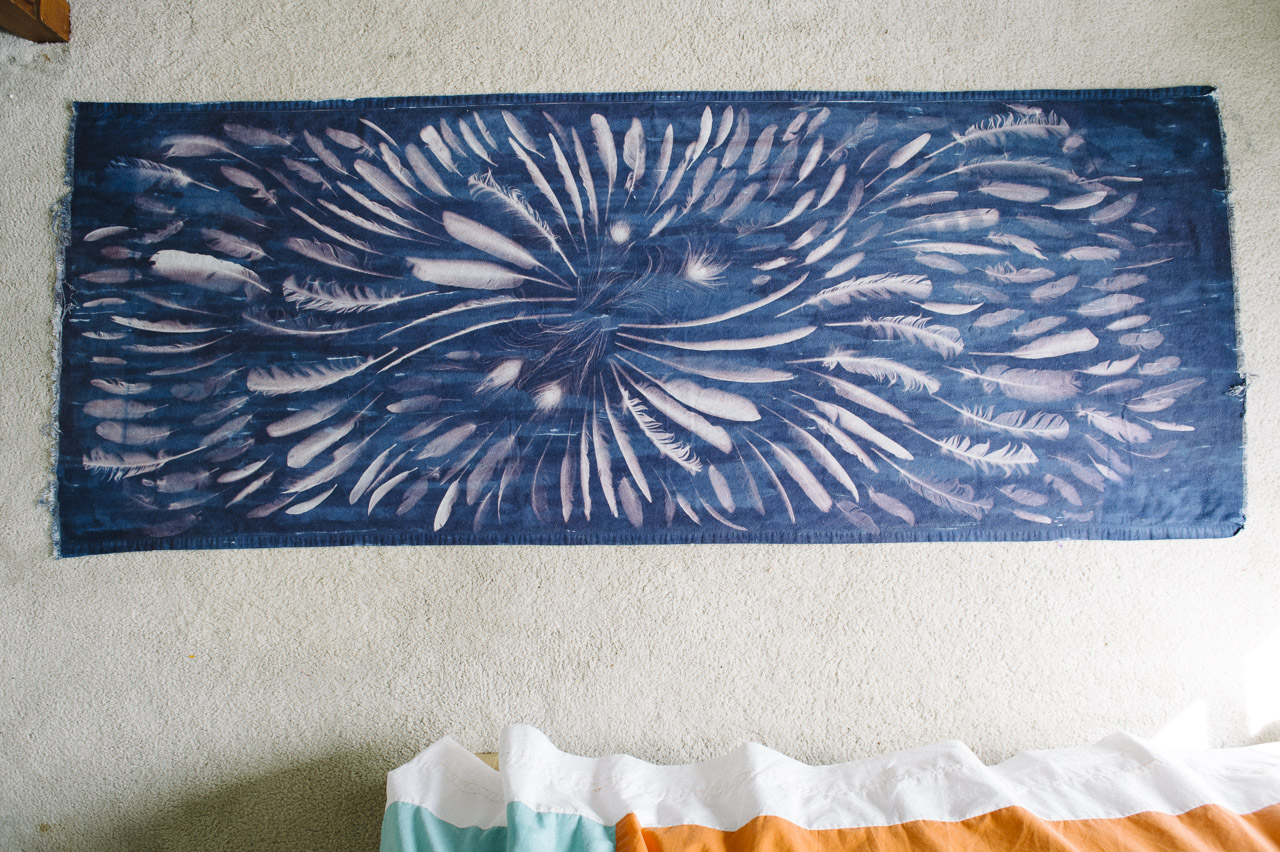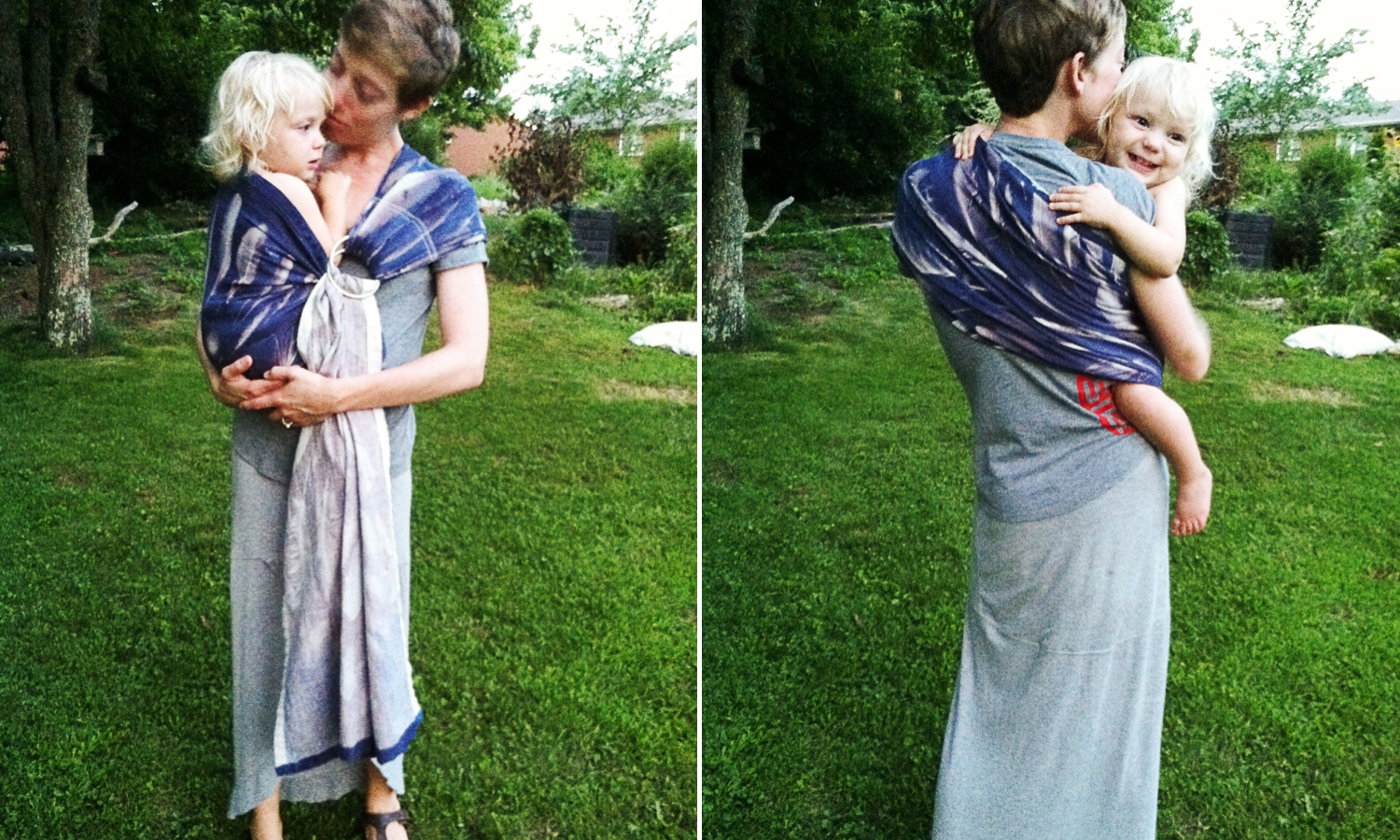Back when I created print materials, books, and newsletters as an in-house graphic designer, the projects I worked on had very specific, exacting parameters. The process would start with technical information: medium, desired final size, intended audience/purpose, color scheme, and elements or content to include.
After gathering all the information I needed, I'd disappear into my sketchbook and digital workshop, generating draft upon draft upon draft, presenting one or two of the best possibilities to my client. Again, once a direction is chosen, I'd disappear and refine and refine and refine until the finished product comes to life.
Because of my print design background, I approach a commission in much the same way a designer would, with clear communication at the center of it all. My process is specific and exacting, executed with client specifications in mind. At the same time, these years of experience have enabled me to lead others through the stages of the creative process, knowing when to seek input and how to generate variety within limits.
I find this process satisfying. The limitations of commissioned client work are an engaging and refreshing break from what feels like creating in a vacuum. And a commission can mean that you get to work in a way that you had never thought of before, as when I created a single giant fabric sunprint to be turned into a baby sling for a wonderful friend of mine.



Yet again, commission work can mean that you get to explore a new subject, like when I created a piece that memorialized the tulip poplar, a species of tree that up until then, I had never heard of.
Sometimes, a topic I've previously worked with gets explored in a new way--once, a client's beloved constellation was Cassiopeia (below, right), which had never rendered in cyanotype (despite having done the entire zodiac). In another instance, the image of the Virgin Mary was researched endlessly before execution (below, left).
"More Spacious Than The Heavens" / "Cassiopeia"
The drawback to commissions (also known as client work) is that the projects can become all-consuming. If you give yourself entirely to commissions, it's easy to lose the access to freedom and play that comes from creating on your own.
But these two modes of working--commission work and personal work--fuel each other. My artmaking practice has improved because commission work stretches my creativity. It broadens my horizons; I now have more technical knowledge about fabric and how it behaves, about source imagery, star maps, and the natural world around me.
Interested in commissioning a piece of art? Let's talk about it!
